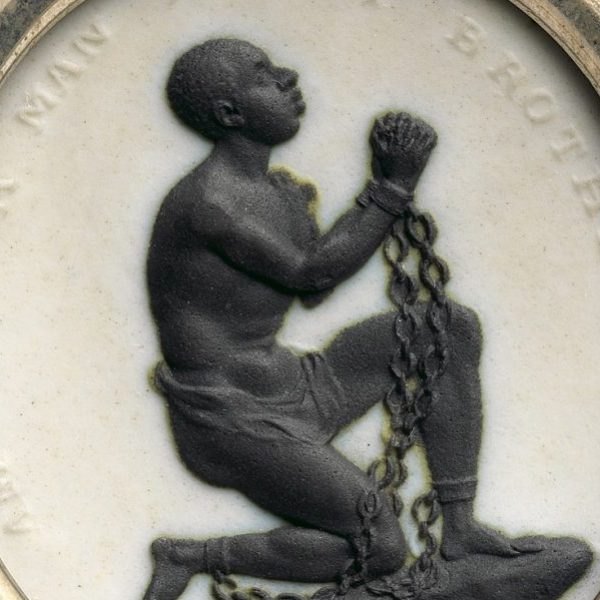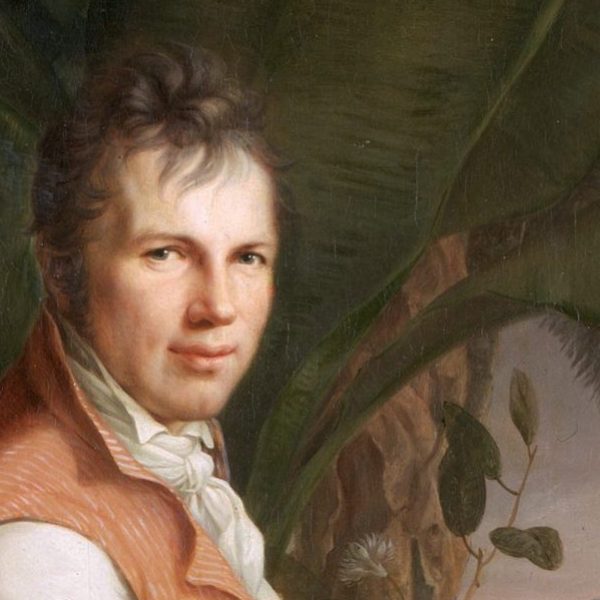The Bayesian Making of America
 Sharon McGrayne’s The Theory That Would Not Die is the story about a statistical method of analysis that almost wasn’t. Created by the Reverend Thomas Bayes and further molded by scientist Pierre-Simon Laplace, Bayes’ theorem is a statistical analysis method for probability that takes an initial guess or belief, and then uses further information to build upon and revise the original view. Bayesian theory is behind many modern inventions and decisions, from spam filters to the policies of the International Whaling Commission.
Sharon McGrayne’s The Theory That Would Not Die is the story about a statistical method of analysis that almost wasn’t. Created by the Reverend Thomas Bayes and further molded by scientist Pierre-Simon Laplace, Bayes’ theorem is a statistical analysis method for probability that takes an initial guess or belief, and then uses further information to build upon and revise the original view. Bayesian theory is behind many modern inventions and decisions, from spam filters to the policies of the International Whaling Commission.
The method was very unpopular for many years, and some are still opposed to its use. Many found it too subjective. They preferred frequentism. This method requires many tests, as it is based on the idea that seeing how often something will repeat in those tests. While frequentism held fast to one belief checked again and again, Bayes’ rule is a more flexible approach. The Theory That Would Not Die shows how, despite opposition, statisticians, scientists, mathematicians found that Bayes’ theorem was the ideal way to sort through a great deal of information to yield results.
Although many of the uses of Bayes’ theorem highlighted in the book concentrate on major questions of the 20th century, there were scholars interested in using theory to answer questions from the past. For our American History theme, here are two of the ways Bayes’ theorem solved questions of America’s past:
Thomas Jefferson
In 2000, it was determined that Thomas Jefferson had six children with his slave Sally Hemings. Those studying the question used the DNA evidence from the Jefferson and Hemings families. The Monticello Director of Archaeology, Fraser D. Neiman, used Bayes theorem to determine whether or not others of Sally Hemings’s children could have been fathered by Jefferson. Neiman looked at the times of conception for all of Hemings’s children, as well as when Jefferson was in fact at Monticello.
The Federalist Papers
One of the most thorough studies of Bayesian theory ever accomplished revolved around American history; specifically, the twelve disputed Federalist papers attributable to either Alexander Hamilton or James Madison. The identification of the author of these twelve papers became a good source for testing of Bayes’ theorem, conducted by the Harvard statistician Frederick Mosteller. He took the writings of Hamilton and Madison and selected 30 words as tests for improving odds (starting at 50-50) for the authorship of each paper. With the help of many students, they discovered that the words “upon” and “enough” were used more often by Hamilton than by Madison. The final four studies written looked at the words “upon”, “whilst”, “there”, and “on”, concluding that Madison was the author of all twelve papers.

























